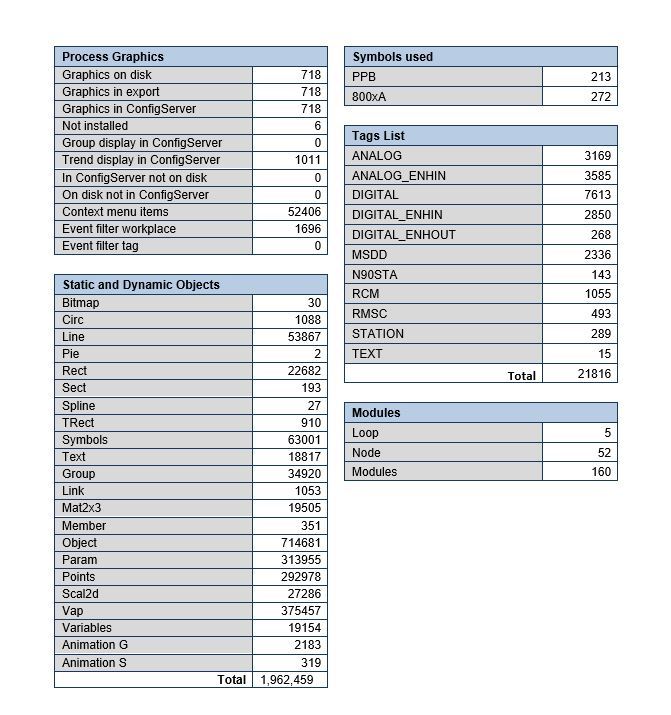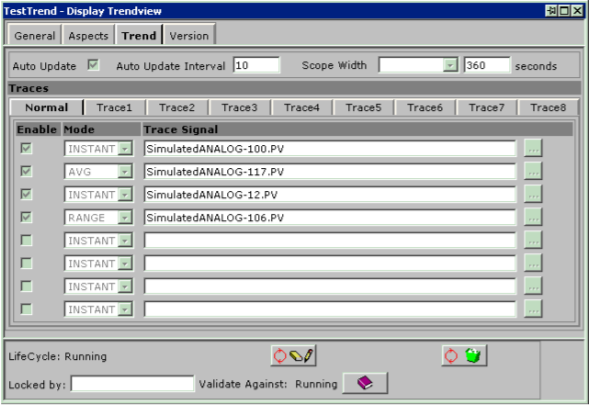Ver todo
-
15 abr 2024Minería y metalurgiaGeochemistry Part I: What is metal leaching and acid rock drainage (ML/ARD), and how does it occur?
-

Todd McCracken
Department Manager | Mining and Geology
-
-
25 mar 2024Minería y metalurgia
What we know about processing nitrogen compounds in mining effluents
-
-
04 mar 2024Otras IndustriasOptimizing solutions for air quality and acoustics in industrial settings
-
-
29 feb 2024Energía eléctrica y renovablesAn integrated and strategic approach to decarbonize industrial compagnies
-

Stéphane Charest
Vicepresidente de Mercado de Energía y de Productos Químicos
-







